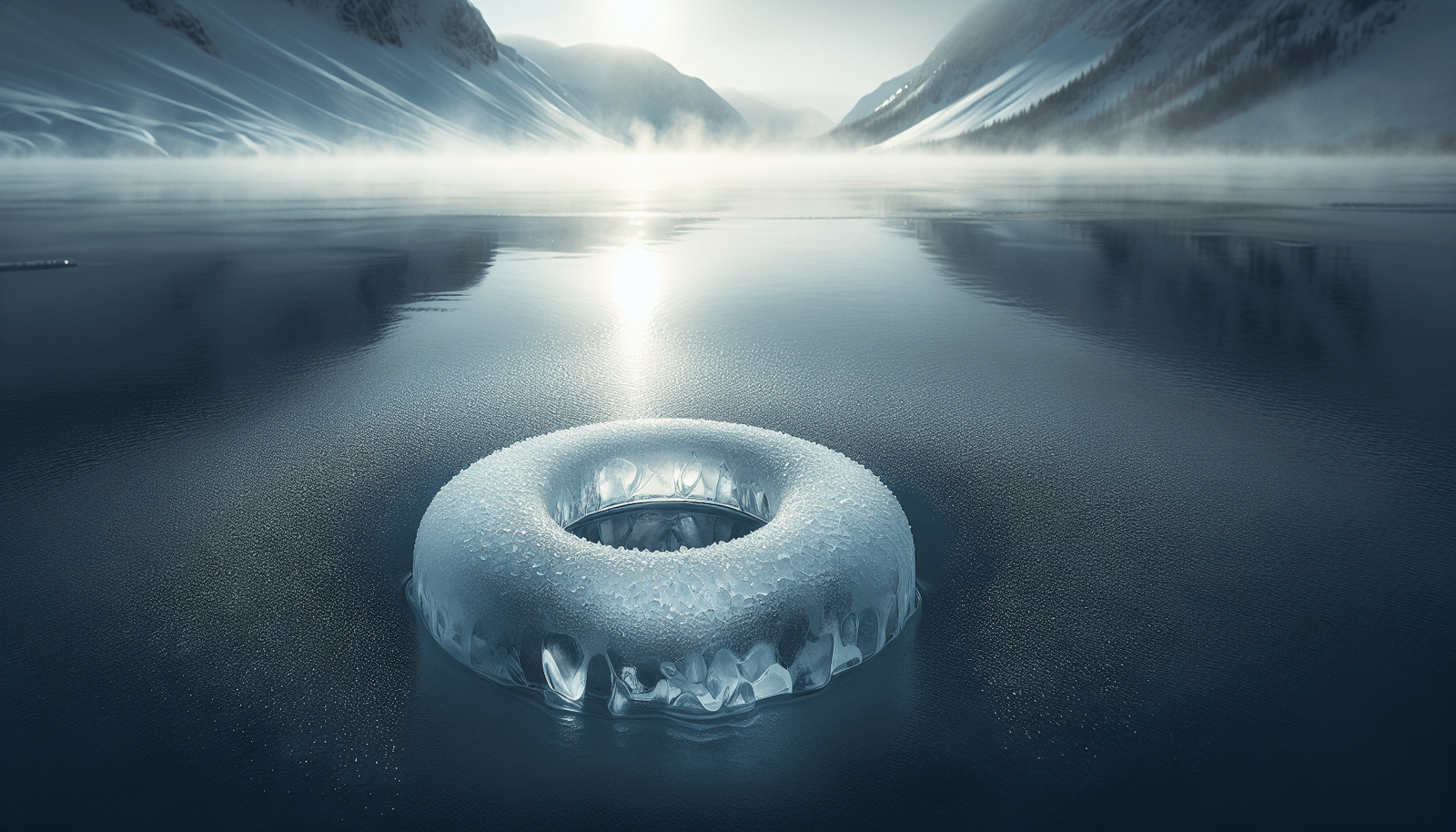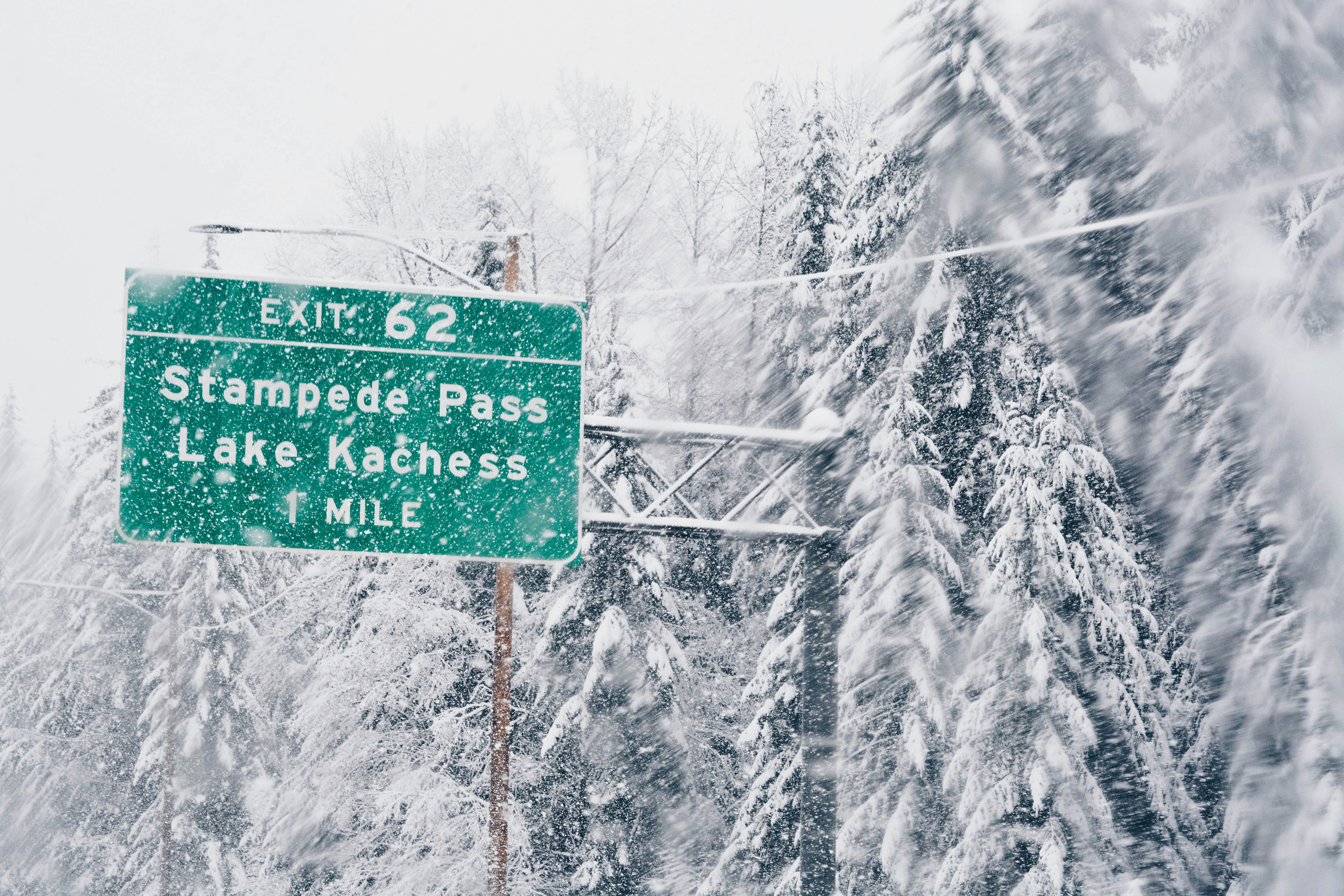Hey there! Are you an athlete looking to speed up your recovery process? Well, you’re in the right place! In this article, we’ll be answering some frequently asked questions about cold plunges and how they can benefit athletes like yourself. If you’ve ever wondered about the science behind cold therapy, the best practices for incorporating it into your routine, or the potential risks and rewards, we’ve got you covered. So let’s dive right in and learn everything you need to know about cold plunges for athlete recovery!
What is a cold plunge?
A cold plunge is a therapeutic practice that involves immersing your body in cold water for a specified period of time. It is commonly used by athletes as a form of recovery after intense training sessions or competitions. The cold water helps to reduce inflammation, relieve muscle soreness, and promote overall physical and mental well-being.
Definition of a cold plunge
A cold plunge refers to the act of immersing your body in water that is typically maintained at a temperature below 59°F (15°C). The water can be in a pool, a specifically designed cold plunge tub, or even a natural body of water such as a lake or a river. Athletes submerge their body in the cold water for a certain duration, usually between 3 to 10 minutes, to initiate the beneficial effects on their recovery.
How a cold plunge works
When you immerse your body in cold water, it triggers a natural physiological response known as vasoconstriction. This means that your blood vessels constrict, which reduces blood flow to the surface of the skin and redirects it to your vital organs. As a result, the deep tissues, muscles, and organs receive an increased supply of oxygenated blood.
Additionally, the cold water also helps to reduce inflammation and muscle soreness by constricting blood vessels and minimizing the release of inflammatory substances. This vasoconstriction effect acts as a natural analgesic, providing relief to sore and tired muscles.
Benefits of a cold plunge for athlete recovery
Cold plunges offer numerous benefits for athletes looking to optimize their recovery process. Let’s explore some of these benefits in detail:
Reduces inflammation and muscle soreness
One of the primary benefits of a cold plunge is its ability to reduce inflammation and muscle soreness. The cold water helps to constrict blood vessels and limit the release of inflammatory substances, which in turn reduces swelling and eases muscle pain. This reduction in inflammation allows for a faster recovery and prepares your body for the next intense training session or competition.
Promotes muscle recovery and repair
Cold plunges also aid in muscle recovery and repair. When you expose your body to cold water, it activates a process called vasoconstriction, which helps to flush out waste products, such as lactic acid, that accumulate in your muscles during exercise. This flushing action promotes muscle recovery and helps to prevent muscle damage, allowing you to bounce back quicker and continue performing at your best.
Improves circulation and oxygen flow
Another advantage of cold plunges is their ability to improve circulation and oxygen flow throughout the body. When your body is submerged in cold water, the blood vessels constrict, forcing blood to circulate at a faster rate. This enhanced circulation brings fresh oxygen and nutrients to your muscles, aiding in their recovery and rejuvenation.
Enhances mental and emotional well-being
Taking a cold plunge can also have positive effects on your mental and emotional well-being. The shock of cold water triggers the release of endorphins, which are natural mood-boosting chemicals. This release of endorphins can help reduce feelings of stress, anxiety, and depression, leaving you feeling refreshed and revitalized after each cold plunge session.
Boosts immune system
Cold plunges have been found to stimulate the immune system, making it stronger and more resilient. The cold water immersion activates the body’s natural defense mechanisms, increasing the production of white blood cells and boosting the overall immune response. This can help athletes stay healthy and ward off illnesses, allowing them to maintain consistent training routines.
When should athletes take a cold plunge?
Cold plunges can be beneficial at various stages of an athlete’s training and recovery process. Let’s explore when athletes should consider incorporating a cold plunge into their routine:
After intense training or competition
One of the most optimal times for athletes to take a cold plunge is immediately after intense training or competition. After pushing your body to its limits, a cold plunge can help reduce inflammation, prevent muscle soreness, and speed up the recovery process. By quickly initiating the recovery phase, you set the foundation for future training sessions and ensure that your body is ready for the next challenge.
During the recovery phase
Cold plunges are also highly effective during the recovery phase. Once you’ve completed a training session or competition, your muscles need time to repair and replenish. By incorporating a cold plunge into your recovery routine, you can accelerate this process and minimize downtime between training sessions. The cold water helps to flush out metabolic waste, decrease inflammation, and deliver vital nutrients to the muscles, promoting faster recovery and reducing the risk of overtraining.
As part of a regular recovery routine
To maximize the benefits of a cold plunge, it’s recommended to make it a regular part of your recovery routine. By consistently including cold plunges in your post-workout routine, you can optimize the recovery process, enhance your overall performance, and reduce the risk of injuries. Whether it’s a daily or weekly practice, incorporating cold plunges into your routine can contribute to your long-term athletic success.
What is the recommended temperature for a cold plunge?
When it comes to the temperature of the cold water for a plunge, there is an ideal range that athletes should aim for. It’s important to find a temperature that is both effective for recovery and safe for your body. Here are some guidelines to consider:
Ideal temperature range
The ideal temperature range for a cold plunge is generally between 50°F (10°C) and 59°F (15°C). Within this range, the water is cold enough to elicit the desired physiological responses, such as vasoconstriction and reduced inflammation, without posing a significant risk of hypothermia or other cold-related injuries. However, it’s important to remember that individual tolerance to cold water may vary, so adjustments may be needed to find the temperature range that works best for you.
Factors to consider when setting the temperature
When determining the temperature for your cold plunge, there are several factors to take into consideration. Firstly, consider your personal tolerance to cold water. Some individuals may find colder temperatures more tolerable, while others may prefer slightly warmer water. Additionally, the intensity and duration of your training session or competition should also influence your temperature choice. If you’ve had an extremely intense workout, you may lean towards the lower end of the temperature range to maximize the recovery benefits.
Safety precautions
While cold plunges can be highly beneficial, it’s crucial to prioritize your safety. Before entering the cold water, ensure that you are in good health and free from any conditions that may be exacerbated by cold exposure. If you have any medical concerns or conditions, it’s essential to consult with a healthcare professional to determine if cold plunges are suitable for you. Furthermore, always ease into the cold water slowly and gradually, giving your body time to adjust to the temperature. If you experience any discomfort, lightheadedness, or excessive shivering, exit the water immediately and seek warmth.
How long should athletes stay in a cold plunge?
The duration of time spent in a cold plunge is an important consideration to maximize the benefits while avoiding any potential risks. Athletes should aim for an optimal duration to achieve the desired physiological response without overexposing themselves to the cold. Here are some guidelines to follow:
Recommended duration
A recommended duration for a cold plunge session typically ranges from 3 to 10 minutes. This timeframe allows enough time for the body to experience the vasoconstriction and other benefits associated with cold water immersion. However, it’s important to note that individual tolerance and comfort levels may vary, so adjust the duration based on what feels right for you. If you are new to cold plunges, start with shorter durations and gradually work your way up.
Gradual increase in exposure time
When incorporating cold plunges into your routine, it’s advisable to gradually increase your exposure time over a period of time. Begin with shorter durations and slowly increase the time as your body becomes more accustomed to the cold water. This gradual approach helps to minimize the risk of any adverse reactions and allows your body to adapt to the cold gradually.
Listening to the body’s cues
Ultimately, it’s important to listen to your body and pay attention to its cues during a cold plunge session. Each athlete’s body will respond differently to the cold water, so trust your instincts and adjust the duration accordingly. If you start to feel excessively cold, discomfort, or any other negative symptoms, it may be a sign to end the session and warm up your body. Always prioritize your safety and well-being throughout the process.
Are there any risks or contraindications for cold plunges?
While cold plunges can provide significant benefits for athlete recovery, there are some potential risks and contraindications to be aware of. It’s important to consider these factors before incorporating cold plunges into your routine:
Potential risks and side effects
The primary risk associated with cold plunges is the potential for hypothermia or cold-related injuries. Prolonged exposure to very cold water without proper precautions can lead to a dangerous drop in core body temperature, posing serious health risks. Other side effects may include increased heart rate and blood pressure, skin numbness, shivering, and lightheadedness. It’s crucial to be aware of these risks and take necessary precautions to avoid them.
Individual contraindications
Certain individuals may have contraindications that make cold plunges unsuitable for them. People with underlying medical conditions such as Raynaud’s disease, uncontrolled high blood pressure, cardiovascular problems, respiratory conditions, or a compromised immune system should consult with a healthcare professional before attempting cold plunges. Additionally, if you are pregnant or have any injuries, it’s important to seek guidance to ensure the safety and appropriateness of cold water immersion.
Consulting a healthcare professional
If you have any concerns about your health or any pre-existing conditions, it’s always advisable to consult with a healthcare professional before incorporating cold plunges into your routine. They can assess your individual circumstances and provide personalized guidance and recommendations. Your health and safety should always be the top priority.
What are some alternatives to cold plunges for athlete recovery?
While cold plunges can be highly effective for athlete recovery, there are alternative methods that athletes can consider. These alternatives provide similar benefits to cold plunges and can be incorporated into a recovery routine:
Ice baths
Ice baths, also known as cold water immersion, are a popular alternative to cold plunges. Similar to cold plunges, ice baths involve immersing the body in cold water, typically with ice added to further decrease the water temperature. Ice baths can provide similar benefits in reducing inflammation, relieving muscle soreness, and aiding in the recovery process.
Cryotherapy
Cryotherapy is a recovery technique that involves exposing the body to extremely cold temperatures for a short duration. Instead of water immersion, cryotherapy chambers use cold air or nitrogen gas to rapidly cool the body. This method provides the benefits of cold therapy without the need for water immersion. Cryotherapy sessions are typically shorter in duration and may be favored by athletes who prefer not to be fully submerged in water.
Cold showers
Cold showers are another alternative to cold plunges that can be easily incorporated into a daily routine. While not as intense as immersing the whole body in cold water, cold showers can still trigger the desired physiological responses and provide some of the benefits of cold therapy. Starting with warm water and gradually decreasing the temperature during the shower can be a refreshing and convenient way to experience the benefits of cold exposure.
How can athletes optimize their cold plunge experience?
To optimize the benefits of a cold plunge, athletes can consider the following strategies:
Adding contrast therapy
Contrast therapy involves alternating between cold and hot temperatures to enhance recovery. After a cold plunge, athletes can follow it with a hot therapy session such as a warm sauna or a hot bath. This contrast of temperature helps to further improve blood circulation, reduce inflammation, and promote muscular relaxation, maximizing the overall recovery benefits.
Combining cold plunge with other recovery modalities
While cold plunges can be effective on their own, combining them with other recovery modalities can enhance their effects. Athletes may consider incorporating stretching, foam rolling, massage, or compression therapy before or after a cold plunge to further facilitate muscle recovery and promote overall relaxation.
Incorporating breathing techniques or meditation
Preparing mentally for a cold plunge can help athletes better tolerate the shock of cold water and enhance the overall experience. Engaging in deep breathing exercises or practicing meditation before entering the cold water can help calm the mind, improve focus, and increase mental resilience. This can contribute to a more positive and enjoyable cold plunge experience.
Can cold plunges be incorporated into a daily routine?
Cold plunges can be incorporated into a daily routine, but the frequency and timing should be carefully considered. Here are some factors to keep in mind:
Frequency and timing
The frequency of cold plunges will depend on the individual’s training intensity, recovery needs, and personal preferences. Some athletes may choose to take a cold plunge after every workout, while others may prefer to incorporate it into their routine a few times a week. It’s important to find the frequency that works best for your body and supports your recovery goals. Additionally, the timing of the cold plunge can vary based on individual preferences and training schedules. Experiment with different timings to find the sweet spot that leaves you feeling refreshed and revitalized.
Integration with other recovery practices
Cold plunges can be complemented by other recovery practices to create a comprehensive routine. Consider incorporating stretching, foam rolling, yoga, or light aerobic exercises before or after the cold plunge to optimize recovery. Finding the right combination of recovery practices will help to address different aspects of your body’s needs and enhance overall athletic performance.
Long-term commitment
In order to experience the full benefits of cold plunges, it’s important to approach it as a long-term commitment. Consistency is key when it comes to optimizing recovery and performance. Incorporating cold plunges into your routine on a regular basis, over an extended period of time, will allow your body to adapt and maximize the benefits of this recovery modality.

Conclusion
A cold plunge can be a valuable addition to an athlete’s recovery routine. With its ability to reduce inflammation, promote muscle recovery, enhance circulation, and boost mental well-being, cold plunges offer a range of benefits to athletes seeking optimal performance and recovery. By understanding how and when to incorporate cold plunges, setting the appropriate temperature, and following safety guidelines, athletes can safely and effectively harness the power of cold water immersion to support their training goals. Remember to listen to your body, consult with healthcare professionals when necessary, and experiment with different recovery practices to create a personalized routine that works best for you.




